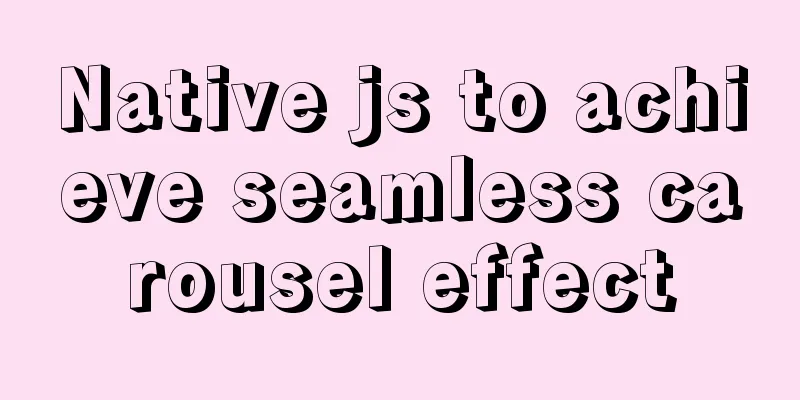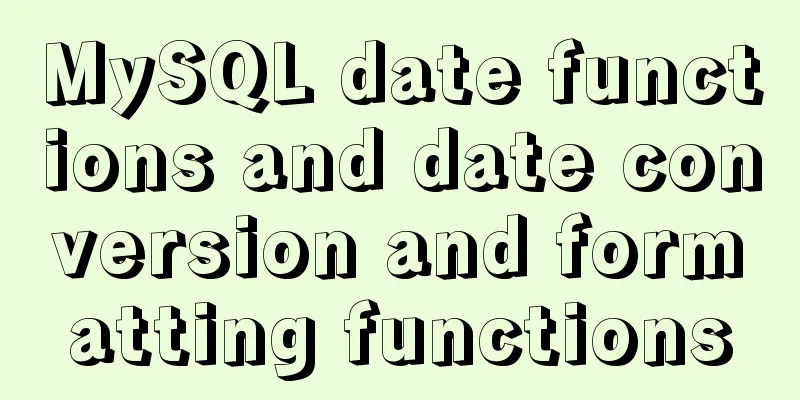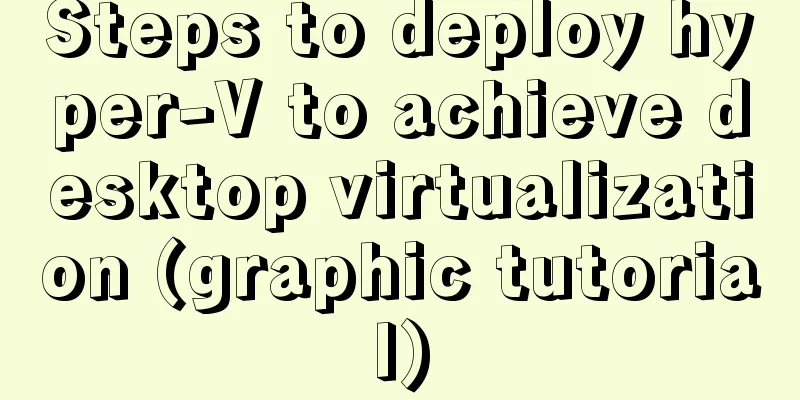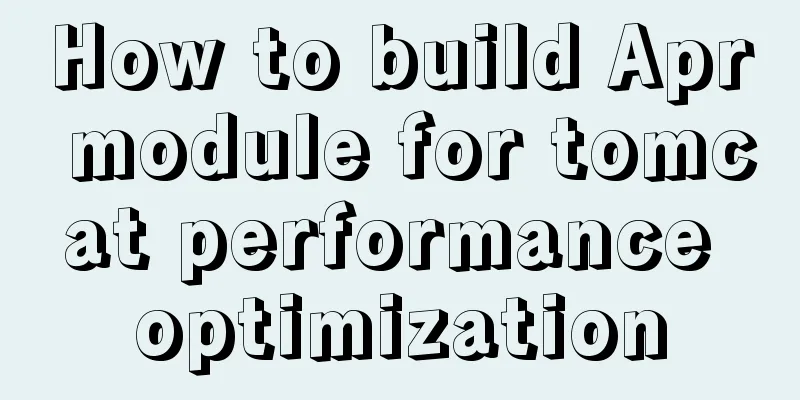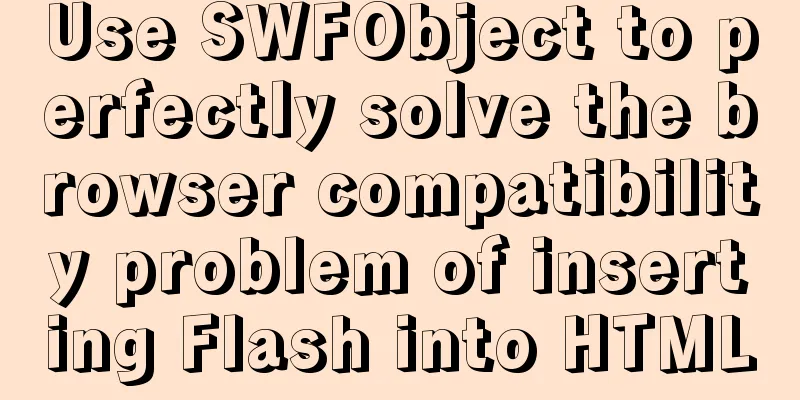XHTML Tutorial: The Difference Between Transitional and Strict
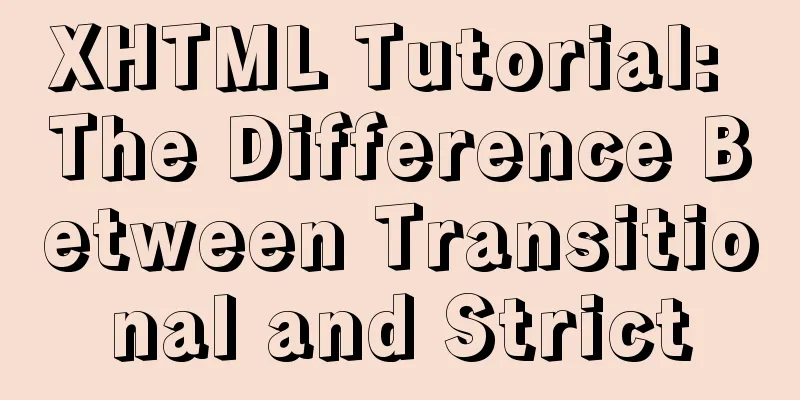
|
In fact, XHTML 1.0 is divided into two types (three if Frameset DOCTYPE is included, which is not discussed in this article), Transitional and Strict DOCTYPEs. And HTML 4.01 also has the same document declaration. Today, when promoting Web standards, those who advocate Web standards often say that XHTML is stricter than HTML. Of course, in a sense it is, for example, it requires all tags to be closed and all attributes to be quoted. But in fact, XHTML 1.0 is divided into two types (three if Frameset DOCTYPE is included, which is not discussed in this article), Transitional and Strict DOCTYPEs. And HTML 4.01 also has the same document declaration. The meaning can be seen from the literal name: Transitional DOCTYPEs is only for the transition from the old era to the new era, and Strict DOCTYPEs is the default document declaration, which is applicable to the construction of HTML 4.01 and XHTML 1.0. Transitional DOCTYPE is generally used because the code contains too many old writing methods, and it is difficult to completely convert to Strict DOCTYPE at once. But Strict DOCTYPE should be your goal. It encourages and sometimes even forces you to separate structure from presentation and write presentation code in CSS. HTML 4 Document Type Definition:
Using Strict DOCTYPE has the added benefit of telling browsers to render the page in their most strict and (to a certain extent) most standards-compliant mode. Tommy Olsson explains the benefits of using Strict well in Ten questions for Tommy Olsson from the Web Standards Group:
For those new to web standards and proper, semantic structure, it is important to recognize the difference between Transitional and Strict DOCTYPEs. For a more detailed list, please refer to: XHTML: Differences between Strict & Transitional, Comparison of Strict and Transitional XHTML and XHTML1.0 Element Attributes by DTD. For those who are ready to move to Strict, there are some differences between the two that are likely to cause developers to make mistakes, which I will talk about next. Tags not supported in Strict DOCTYPEs center font iframe srike u Attributes not supported in Strict DOCTYPEs align (supported by table-related: col, colgroup, tbody, td, tfoot, th, thead, and tr) language background bgcolor border (supported by table) height (supported by img and object) hspace name (supported in HTML 4.01 Strict, not supported by form and img in XHTML 1.0 Strict) noshade nowrap target text, link, vlink, and alink vspace width (supported by img, object, table, col, and colgroup) Differences in content models The content model of an element type describes what kind of instances of that element type can be contained. In this regard, the biggest difference between the two document declarations is that blockquote, body, and form elements can only contain block-level elements, such as: text and images are not allowed to be directly included in the body, they must be included by block-level elements such as p or div input elements cannot be directly the next layer of form elements text within blockquote elements must be included by block-level elements such as p or div Leave all presentation to CSS and adhere to Strict standards In the process of transitioning to Strict DOCTYPEs, it is much more effective to understand what each element does than to know what each element looks like. Think about structure and semantics first, then worry about performance. |
<<: Vue implements the digital thousands separator format globally
>>: CSS navigation bar menu with small triangle implementation code
Recommend
About the problem of offline installation of Docker package on CentOS 8.4
The virtual machine used is CentOS 8.4, which sim...
Specific use of node.js global variables
Global Object All modules can be called global: r...
Use Nginx to build a streaming media server to realize live broadcast function
Written in front In recent years, the live stream...
CentOS6.8 Chinese/English environment switching tutorial diagram
1. Introduction People who are not used to Englis...
Detailed process of zabbix monitoring process and port through agent
Environment Introduction Operating system: centos...
Steps to export the fields and related attributes of MySQL tables
Need to export the fields and properties of the t...
What is the length of a function in js?
Table of contents Preface Why How much is it? Num...
Detailed explanation of Linx awk introductory tutorial
Awk is an application for processing text files, ...
Detailed explanation of html-webpack-plugin usage
Recently, I used html-webapck-plugin plug-in for ...
Uncommon but useful tags in Xhtml
Xhtml has many tags that are not commonly used but...
JavaScript implements product details of e-commerce platform
This article shares a common example of viewing p...
Ways to improve MongoDB performance
MongoDB is a high-performance database, but in th...
Detailed explanation of uniapp painless token refresh method
When the front-end requests the interface, it is ...
Table shows the border code you want to display
Common properties of tables The basic attributes ...
Detailed explanation of communication between hierarchical nested components in Vue front-end development
Table of contents Preface Example summary Preface...
